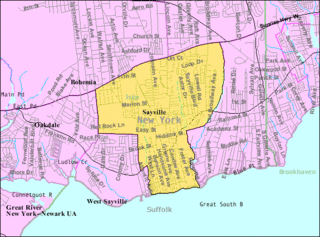
Sayville is a hamlet and census-designated place in Suffolk County, New York, United States. Located on the South Shore of Long Island in the Town of Islip, the population of the CDP was 16,853 at the time of the 2010 census.

Anna Katharine Green was an American poet and novelist. She was one of the first writers of detective fiction in America and distinguished herself by writing well plotted, legally accurate stories. Green has been called "the mother of the detective novel".
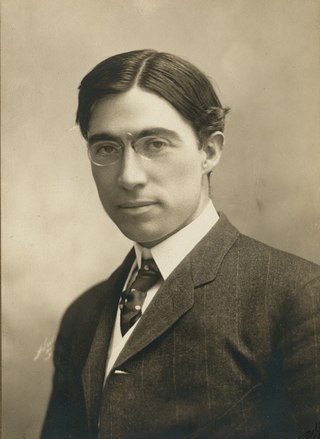
Jesse Lynch Williams was an American author and dramatist. He won the first Pulitzer Prize for Drama for his play Why Marry? (1917). He was a journalist for three New York publications and co-founded the Princeton Alumni Weekly and the Princeton Triangle Club.
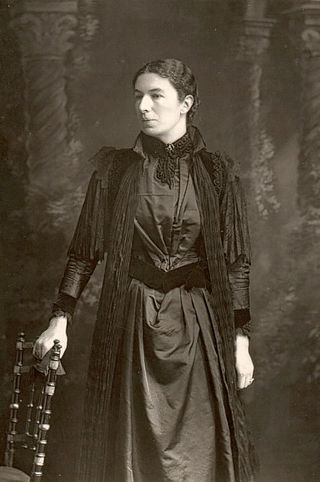
Mary Augusta Ward was a British novelist who wrote under her married name as Mrs Humphry Ward. She worked to improve education for the poor and she became the founding President of the Women's National Anti-Suffrage League.
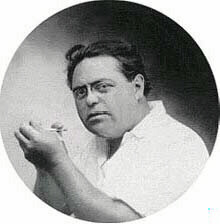
Jacques Heath Futrelle was an American journalist and mystery writer. He is best known for writing short detective stories featuring Professor Augustus S. F. X. Van Dusen, also known as "The Thinking Machine" for his use of logic. He died in the sinking of the RMS Titanic.
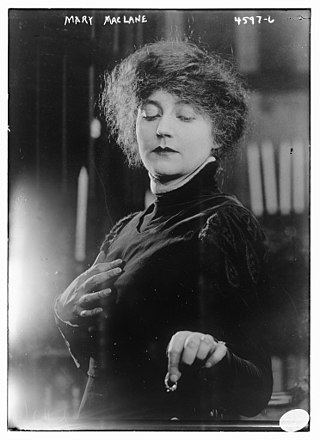
Mary MacLane was a controversial Canadian-born American writer whose frank memoirs helped usher in the confessional style of autobiographical writing. MacLane was known as the "Wild Woman of Butte".

Cicely Mary Hamilton, was an English actress, writer, journalist, suffragist and feminist, part of the struggle for women's suffrage in the United Kingdom. She is now best known for the feminist play How the Vote was Won, which sees a male anti-suffragist change his mind when the women in his life go on strike. She was also the author of one of the most frequently performed suffrage plays, A Pageant of Great Women (1909), which featured the character of Jane Austen as one of its "Learned Women."

Bertha Runkle (1879–1958) was an American novelist and playwright born in Berkeley Heights, New Jersey. From a literary family, she wrote five novels. Her first and best known, The Helmet of Navarre, was made into a Broadway play.

Alice Muriel Williamson, who published chiefly under names the "C. N. and A. M. Williamson" and "Mrs. C. N. Williamson," was an American-English author.

L. T. Meade was the pseudonym of Elizabeth Thomasina Meade Smith (1844–1914), a prolific writer of girls' stories. She was born in Bandon, County Cork, Ireland, daughter of Rev. R. T. Meade, of Nohoval, County Cork. She later moved to London, where she married Alfred Toulmin Smith in September 1879.

Gentlemen Prefer Blondes: The Intimate Diary of a Professional Lady (1925) is a comic novel written by American author Anita Loos. The story follows the dalliances of a young blonde gold-digger named Lorelei Lee "in the bathtub-gin era of American history." Published the same year as F. Scott Fitzgerald's The Great Gatsby and Carl Van Vechten's Firecrackers, the work is one of several famous 1925 American novels which focus upon the insouciant hedonism of the Jazz Age.

Viña Delmar was an American short story writer, novelist, playwright, and screenwriter who worked from the 1920s to the 1970s. She rose to fame in the late 1920s with the publication of her suggestively titled novel, Bad Girl, which became a bestseller in 1928. Delmar also wrote the screenplay to the screwball comedy, The Awful Truth, for which she received an Academy Award nomination in 1937.

Charles Norris Williamson (1859–1920) was a British writer, motoring journalist and founder of the Black and White who was perhaps best known for his collaboration with his wife, Alice Muriel Williamson, in a number of novels and travelogues.
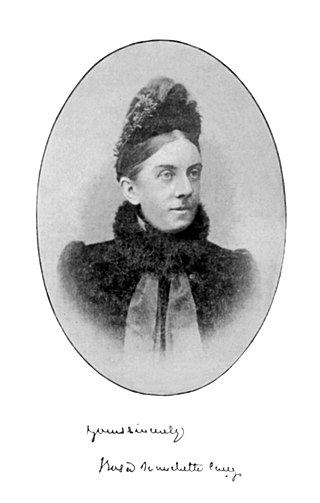
Rosa Nouchette Carey was an English children's writer and popular novelist, whose works reflected the values of her time and were thought of as wholesome for girls. However, they are "not entirely bereft of grit and realism."

Mary Alice Harriman was a poet, author and publisher. She was called the "only woman publisher in the world" in the 1911 Who's Who in the Northwest. She published books in Seattle between 1907 and 1910, and in New York after that, closing her publishing business in 1913.

Maria Thompson Daviess was an American artist and feminist author. She is best known for her popular novels written in the early 20th century, with a "Pollyanna" outlook, as well as several short stories, among them, “Miss Selina Sue and the Soap-Box Babies," "Sue Saunders of Saunders Ridge" and "Some Juniors.". Daviess was affiliated with the Equal Suffrage League in Kentucky, being the co-founder and vice-president of the chapter in Nashville and an organizer of the chapter in Madison.

Elinor Macartney Lane was an American novelist who was popular in the first decade of the 1900s. After publishing a number of short stories, she wrote three novels: Mills of God (1901), Nancy Stair (1904), and Katrine (1909).

Bettina Riddle, also known as Betsey Riddle, and later as Baroness von Hutten, was an American-born novelist, specializing in historical fiction. As an American in England during World War I, she was arrested and fined as an enemy alien, because she had a German ex-husband.

Clara Augusta Jones Trask was a popular 19th-century American writer from New Hampshire, with several hundred titles to her credit. A dime novelist, she wrote in a variety of genres and styles. In the 1895 edition of The Granite Monthly it was said that, "It is doubtful if any woman contributor to current periodicals has received larger returns for her work than has Mrs. Clara Augusta Trask, with the exception of those who own royalties on plays."

Olive Harper, the alias of Ellen Burrell D'Apery, was an American journalist, writer, and poet. Her novels comprise mystery, detective, and science fiction stories, including AFair Californian (1889), The Show Girl: Or, the Cap of Fortune (1902), and TheSociable Ghost (1903). She also wrote novelizations of various plays, primarily written by Owen Davis, including The Gambler of the West (1906) and King of the Bigamists (1909).



















